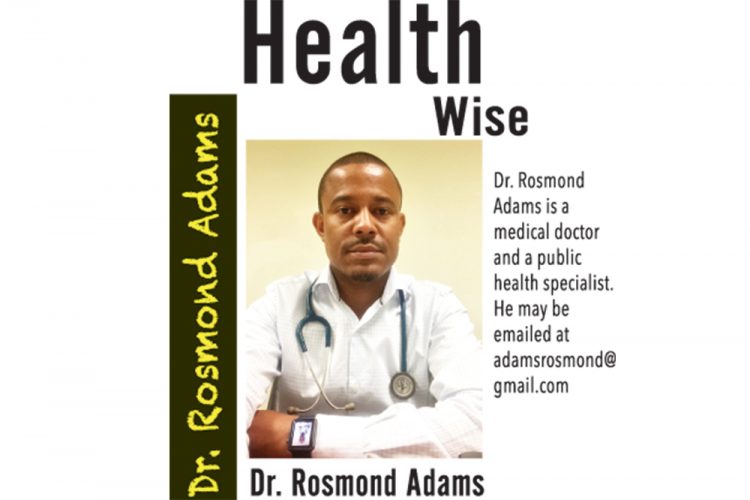Ensuring a safe return to school for our children

As the summer break comes to an end; parents, students and authorities are pondering over how do we get back our students into the school environment without exposing them to the added risk of contracting and spreading COVID-19.
For months, parents and educators have worried about whether or not schools will be able to reopen safely this new school years amid the COVID-19 pandemic and the disruptions caused over the last two terms. National officials have struggled to balance competing priorities and answer complicated logistical, educational, and public health questions. For the safety of students, families, and educators, scientific evidence must drive these decisions.
Scientific evidence and a thorough risk assessment must be the guide on how and when to reopen schools. This includes both the best science on controlling the spread of COVID-19 and keeping students, families, and school staff safe as well as the science of learning and development for children. The reopening of school should not be based on a fixed predetermined date, but on numerous factors such as the number of active cases, the distribution of the cases, the ability to ensure protective measures in the school environment such as social distancing and proper hygiene.
In order to ensure the safe opening of school, authorities should set an ultimate goal of returning safely to in-person instruction based on public health data. The goal should be for all students to return safely to in-person instruction. Beyond academics, students gain a host of other educational, social, emotional, and health benefits from being in school with their teachers and peers.
By setting the goal for safe, in-person instruction, school districts can make informed decisions based on public health data to determine when is the appropriate time to return. Authorities can also balance these considerations by developing plans for hybrid learning models that involve both in-person and virtual instruction, as well as by prioritizing in-person services for students who have the greatest need for these supports, such as students with disabilities.
Even with the goal of returning safely to in-person instruction, and regardless of the current state of the virus, Education Authorities should have a robust, comprehensive plan for remote learning for all students in the event that there is a second wave of the pandemic and in person instructions will be disrupted.
As students prepare to go back to school in the coming weeks, we wish them all the best in both health and learning.
Dr Rosmond Adams, MD; MSc (Public Health); M.S (Bioethics) is a medical doctor and a public health specialist with training in bioethics and ethical issues in medicine, the life sciences and research. He is a lecturer of medical ethics and research methods. He is the Director of the Pan Caribbean Partnership against HIV/AIDS (PANCAP). The view expressed here are solely those of the author and does not represent any organization or institution.









